Cancer Prevention? Yes, Exercise Has an Important Role
The theme for this week … Recently I shared about the benefits of exercise on cancer survivorship and the benefits…
Read PostYour BRIDGE back to being active at every age and stage

Bridging® is an innovative technique which gently and quickly resets your muscle memory so you move and feel better.
Schedule a sessionNot able to be as active as you would like? There are often structural causes that exercise, massage, or chiropractic do not address. Bridging both identifies and addresses these causes and has helped thousands of people at every stage of life from 5 days old to 95 years old to be more active.
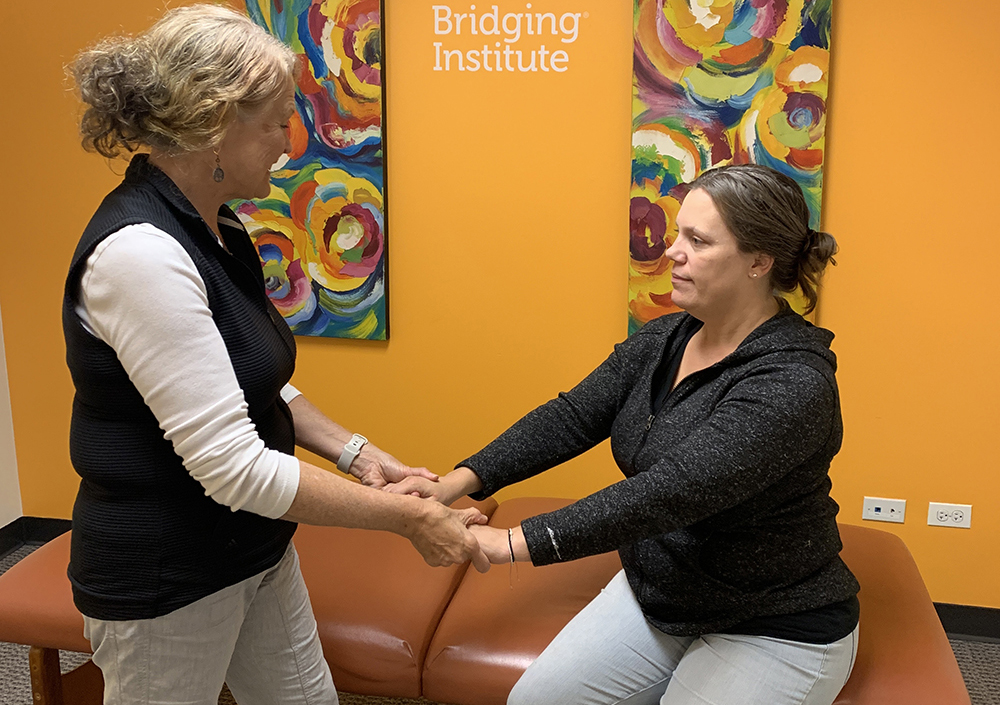
The Bridging Technique uniquely uses an engineering-based approach to problem-solve the ways your body should move. In just 2-3 sessions you have less pain, are calmer, more confident, and able to be more active! Here are the three steps used in the Bridging Process:
Micromovements of the core and limbs are passively assessed for flow and ease of transition. These micromovements form in early life and are foundational to all daily movement skills.
Assessment results and the causes for the micromovement disruption—injury, illness, medical intervention, and early life/birth events—are analyzed to develop an optimal plan to reset affected muscle relationships.
Gentle rocking and microstretches are used to reset muscle coordination. The results are fast and long-lasting!
From an engineering perspective, a bridge structurally connects two separate segments to make them continuous. In an electrical circuit, a bridge is used to convert an unstable electrical current into a continuous one. The Bridging Technique embodies both meanings when resetting movements.
Dress in comfortable clothing
It does not need to be athletic wear, but should be easy to move in. Expect to take your shoes off to help keep our floors clean, as we play with little ones here.
After your session
It does not need to be athletic wear, but should be easy to move in. Expect to take your shoes off to help keep our floors clean, as we play with little ones here.
there is no homework. Being active is all you need to reinforce the new muscle memory. Your follow-up session will often be 3-5 weeks later.
Bridging Insider features video sessions which cover a wide range of scenarios of how micromovement disrupters are tied to your pain, balance, and anxiety concerns. In each, you will see how Bridging is used to quickly help. Note: There are no sessions with children out of respect for privacy concerns.
Bridging Insights are discussions about common movement and development issues and their relationship to being physically active. The discussion often ties together perspectives and events which we commonly find impacting our clients.
Research Insights share a variety of new or topical research findings on the relationship of being physically active, and why being active is essential to our physical, emotional, and cognitive health.
The theme for this week … Recently I shared about the benefits of exercise on cancer survivorship and the benefits…
Read PostDon’t miss any of our new content on how to stay healthy and active. Subscribe to our newsletter today.
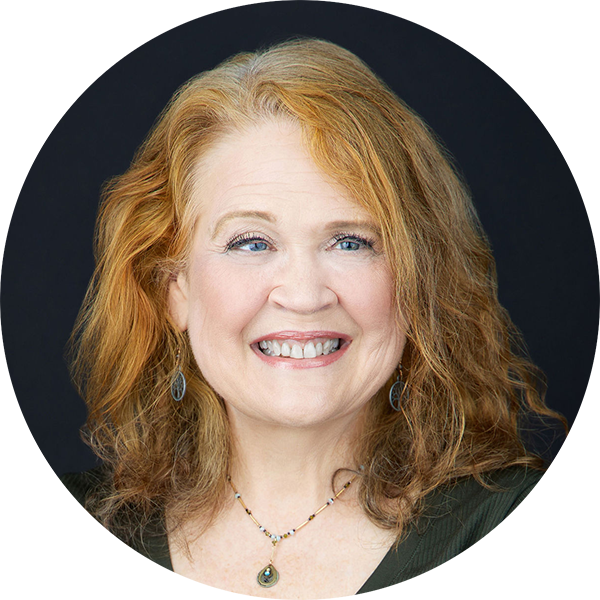
Cara is the founder, of the Bridging Institute and the innovative Bridging® technique.
Read More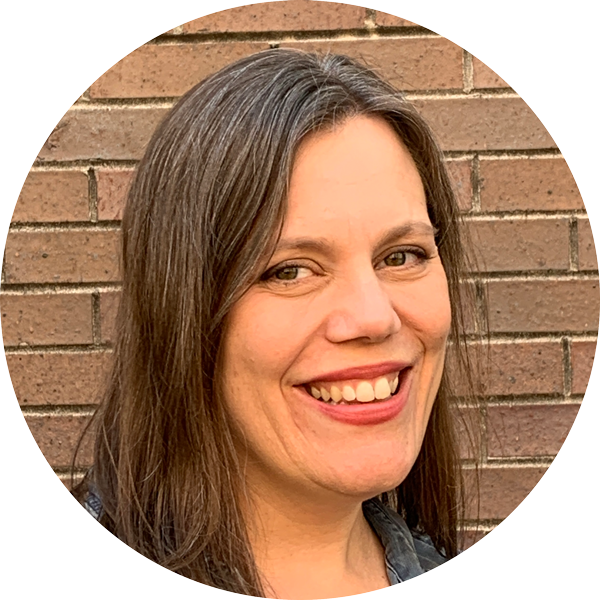

Leslie works extensively with the younger crowd, and also enjoys helping adults maintain an active life.
Read More
Lynne loves to help people move better and feel better. With her NICU background she loves being able to help get babies off to a great start with their moves.
Read More
Louise is the practice manager at the Bridging Institute and brings with her a variety of experiences–professionally in consulting, and personally in parenting.
Read More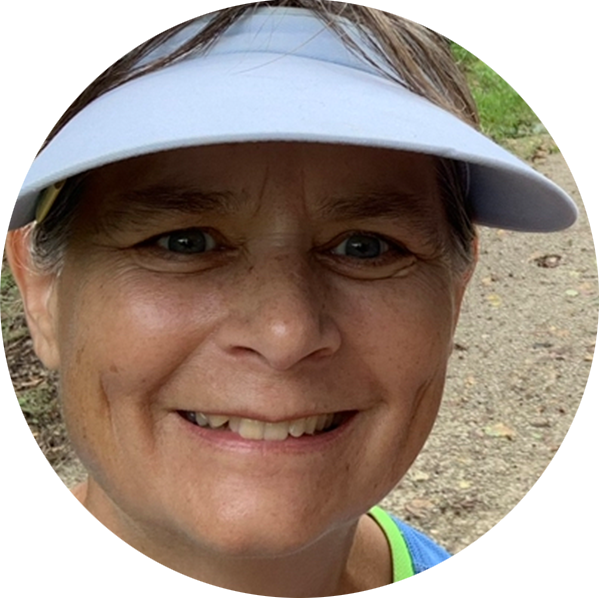
Franziska (Ziska) is the voice on the phone. As our Client Coordinator, she is able to help with your questions and scheduling.
Read MoreWhen he started crawling, we knew we were good. Every time we have a session at The Bridging Institute he sleeps better after.”
What I appreciate about the Bridging process is that the body is all connected. I may have knee pain, but it might be the symptom of something else which is the real cause.”
I have suffered from joint pain for years, maybe decades. After just one session I was relatively pain-free.”
Bottom line, what changed was that I had a faster recovery time from surgery so I was able to get back to work and my daily activities.”
I thought it was regular aging. But after my first session I walked out saying, "Jeepers, I feel 10 years younger!"
I was skeptical about the process until I tried it and it does work.”
I’ve been to so many specialists and had so many tests to try to find answers and relief from severe constant pain. I started to think it was all in head. After my first appointment I left crying because not only did I have significantly less pain, I felt heard, cared for and had a plan on how to continue to feel better. After only a few sessions the pain reduced enough that I was able to return to work as well as enjoy playing with my grandchild."
After his fist session my 9-year old son said, ‘Mom, I never knew my muscles could work this way!” And he couldn’t wait for his next session.”
The three key elements to the Bridging story include Cara’s:
Looking for new options to help your patients or clients with pain, balance, calm, and even with learning motor skills? Bridging is a new option for you to consider.
The three aspects of the Bridging process which set it apart from traditional medical perspectives on pain, movement ability, and self-regulation are:
...micromovent flows and transitions in the body. When these foundational basics of movement are stuck or asymmetrical there is often pain, poor movement control and sensory feedback imbalance.
...why the movements may be suboptimal. A lifelong view of injuries, illness, medical intervention, and birth/early life are all factors which are taken into account.
...muscle memory to quickly and gently restore movement ease, and the postural transitions needed for easy and balanced movement.
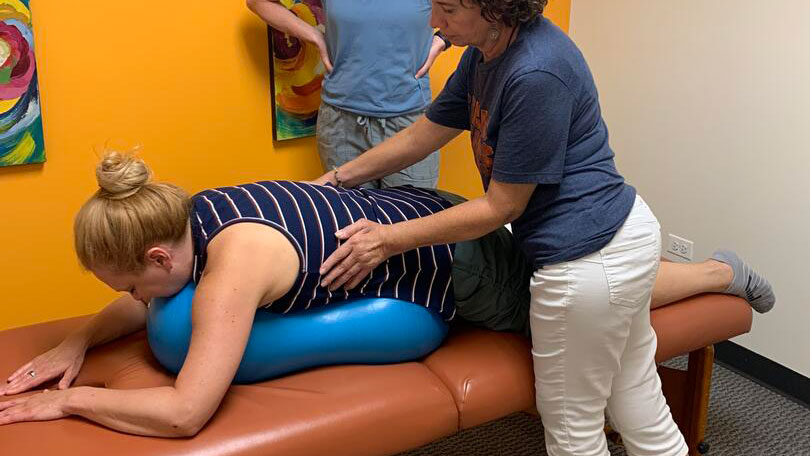
Learn what makes Bridging uniquely effective in our two hour Intro course. You gain insights into the history, science, process of Bridging, and a hands on movement to calm and center someone. This course is for anyone wanting a deeper understanding.
Learn the full process and application of Bridging from simple to complex cases. This three-month long Basics program is a mix of online and in-person learning with three weekend workshops.
Be involved in our professional community with monthly video and case study discussions, and quarterly advanced skills workshops, all of which count toward a Specialist Certification.
A unique blend of in-person and online education allows you to learn at your own pace, have a support community, and review material when you need a refresher.
Bridging education incorporates best practices for adult learning in the following ways:
In my line of work we go through training and education. You graduate and think you have all the tools you need to help someone. What I have found in practice is that there are patients or situation where these tools didn’t work. Bridging® provides the missing link to help.”
Bridging® is something that could be utilized for the patients you just don’t seem to be able to help. If I’ve tried all of the things that I know and the patient isn’t improving, this is the missing piece that enables you to help a lot of people. It assists you. It is not threatening at all. It is just another really good technique that you can utilize.”
It’s a different way to think about how the pieces go together. Bridging® is where we help the body restore its natural movement disturbed by injury or trauma.”
This is a hands-on course. Not theoretical and I like that.”
